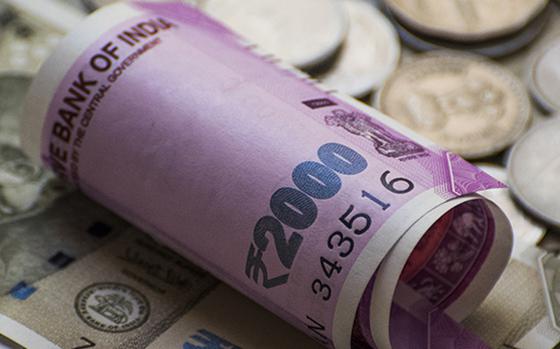Researchers have found that digitizing a national currency can help to combat inflation. This is because when the money is in digital form, it can be more easily managed and tracked. It can help to prevent counterfeit money from being circulated.
Inflation is when the prices of goods and services rise over time. This can happen when the money supply increases, but the amount of goods and services available stays the same.
As a result, each unit of currency is worth less and people need to spend more money to buy the same things. This can be a problem for a country’s economy because it can lead to higher prices and less spending.
Digitizing a currency can help to combat inflation in several ways. First, it can help to prevent counterfeit money from being circulated. B. This helps to keep the money supply under control and prevent inflation.
Additionally, digitizing a currency can make it easier to manage the money supply. This can help to ensure that the right amount of money is available and that prices stay stable.
There are other benefits to digitizing a currency as well. For example, it can make it easier for people to conduct transactions and track their spending.
Additionally, it can help to reduce the cost of printing and circulating money. Ultimately, digitizing a currency can help to improve the economy by making it easier to manage the money supply and prevent inflation.
Other benefits of digitization, such as preventing counterfeiting and more easily tracking money can help to reduce inflation even further.
Some experts believe that digitizing a national currency could help to combat inflation. For example, digital currency would make it easier to track and control the money supply.
In addition, digital currency could be programmed to decrease in value if it becomes too abundant, which would help to discourage hoarding.
There are also some potential benefits for businesses. For example, digital currency could make it easier to conduct international transactions and reduce the costs of processing payments.
A federal reserve digital currency (FDC) is a digital version of cash that would be issued by the federal reserve and managed by a central bank. The federal reserve has been studying the possibility of issuing a digital currency for several years and is now considering whether to move forward with this idea.
There are a number of advantages to issuing a digital currency, including the ability to more easily track and trace transactions, reduce costs associated with printing and circulating paper money, and provide a more efficient and convenient way for people to make payments.
However, there are also some challenges that need to be considered, such as ensuring that the system is secure and protecting people’s privacy. The federal reserve is still undecided on whether to issue a digital currency, but it is clear that this is an idea that is being seriously considered.
In recent years, an increasing number of countries have begun to digitize their currencies. This move has many benefits, including increased security and efficiency. Here are just a few examples of countries that have successfully digitized their currencies:
- Norway: In 2017, Norway became the first country to launch a digital version of its currency, the Norwegian krone. The new e-krone is based on blockchain technology and can be used for both online and offline transactions. So far, the e-krone has been very successful, with over 100,000 Norwegians using it on a regular basis.
- Sweden: Sweden is another leader in digital currency, with its own e-krona currently in development. The Swedish e-krona will also be based on blockchain technology and is expected to launch in 2020. Like the Norwegian e-krone, it will be available for both online and offline transactions.
- China: China is working on its own digital currency, which is currently being tested in a number of cities. The Chinese digital currency will be based on the existing yuan and is intended to reduce reliance on cash. It is expected to launch nationwide in the near future.
These are just a few examples of countries that have successfully digitized their currencies. As more and more countries move towards a digital economy, it is likely that we will see even more examples of successful digital currency implementations in the years to come.
